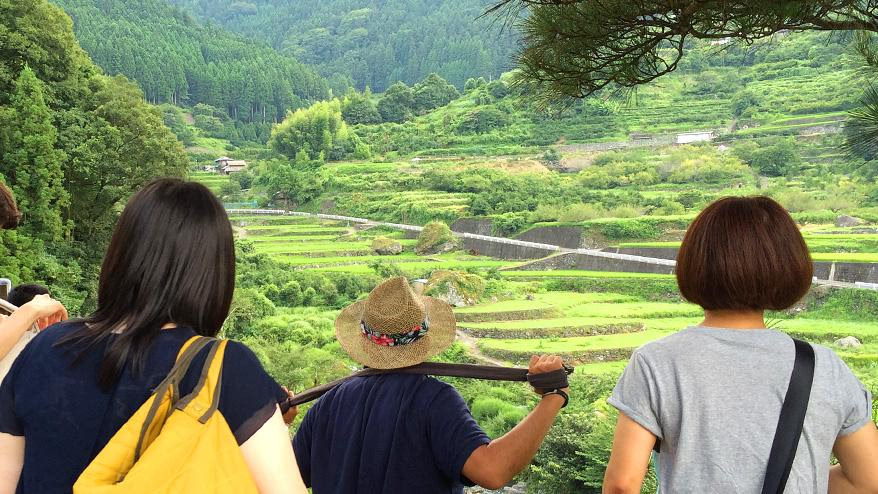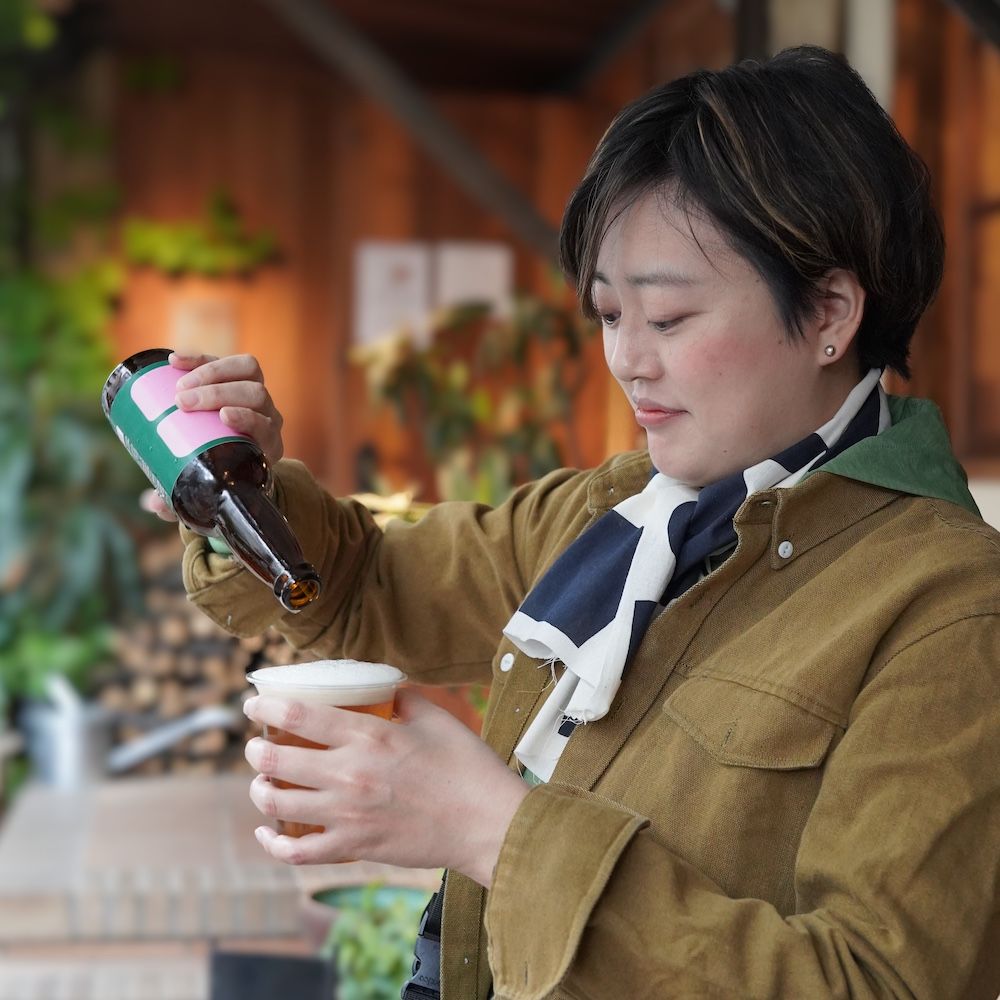こんにちは。プロデュース部の藤原です。
今回は、モノサスでの仕事をきっかけに様々な方の活動を知るなかで変化してきた、私の気持ちや社会へのアンテナについてお話ししたいと思います。
プロデュース部が関わっている Google の「イノベーション東北」や、神山ものさす塾、FOOD HUB PROJECT など、モノサスは何かと地域との関わりが多い会社です。これらのことは東京で暮らす私にとって、「社会」を身近に感じ、「社会」との関わり方について考える機会をあたえてくれます。
地方の暮らしについては、「開放的な場で、自分の好きなことを好きなペースでできそう」といったスローライフ的な理由で、以前より興味はありました。でもこの考え方には、能動的な暮らしに大切な「社会への関わり方」が欠落しています。このことにまず気づかせてくれたのが、イノベーション東北で活動されている方々の姿・考え方でした。
人任せにはしない
まちづくりを自分ごとに
イノベーション東北は 5 年前の東日本大震災をきっかけにはじまったプロジェクトで、各地で新しいことに挑もうとする人と、その想いに共感し、協力したいと想う人々をつなぐ、マッチングプラットフォームです。
先日、上原がご紹介した「Field Hack ONAGAWA」のフィールドとなった宮城県女川町。この町は、震災による甚大な被害で町を離れざるを得ない人も多くいた中で、復興の歩みを進め、新しい街並みをつくりあげてきました。
羽を広げるウミネコをイメージしたシンボリックな駅舎や、テナント型商店街「シーパルピア女川」が海を臨み、コンパクトな街並みのそこ、ここで、仲間が集い話がはずむ、すてきな町です。
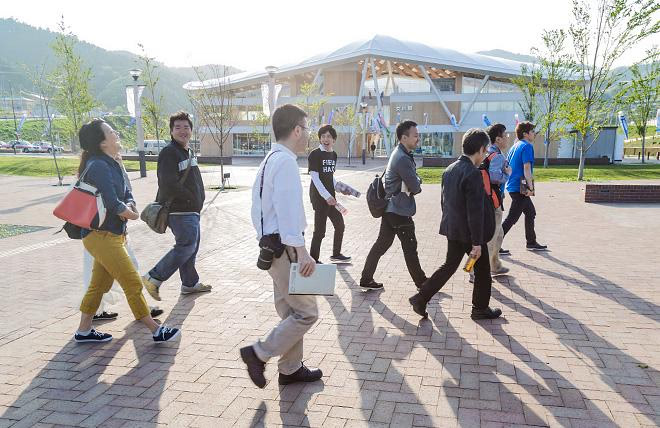
女川駅の目の前は海。そのまわりには、広場やコワーキングスペース、商店街シーパルピア女川がひろがっていて、のびのびとした空気が流れています。女川駅は「女川温泉ゆぽっぽ」併設という珍しさも。
こうした街並みをつくりあげることができたのは、町の人自身が、まちづくりの当事者であったことが大きかったようです。行政が出したプランに乗るのではなく、自分たちでまちづくりのプランを作成し、そのプランを基に行政と話を進めてきたこと。新しい事業をやりたいという人を受け入れ、まちづくりに絡めてきたこと。そして今の取り組みが結果として出る 10 ~ 20 年後に、その責任を持てる今の若い世代に「まちづくり」を思い切って託したこと。
人任せではなく、自分の暮らす町、関わるコミュニティを自らの手で良くしようと、そしてそういう雰囲気すらも街全体でつくりあげていることを肌で感じ、とても刺激になりました。日々の営みと同じレベル、社会は自分の立つ場のまわりに広がっていて、いつでも関わることができるものなのだと、気づかされたのです。
Field Hack ONAGAWA でも、参加者が自身のスキルで地域の可能性を引き出すプロトタイプをつくる過程に触れ、受託とはちがう、それぞれの技能を生かした社会との関わり方があることを感じました。
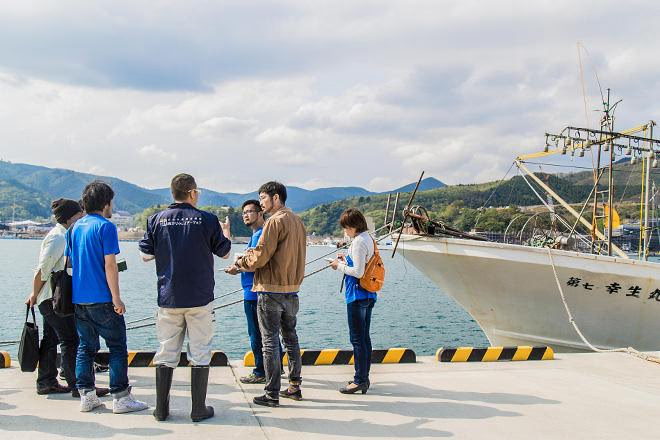
Field Hack ONAGAWA では、エンジニアやデザイナー、プロジェクトマネージャーなど様々なスキルを持った方が集まり、チームを組んで女川の可能性をさぐるフィールドワークからプロトタイプ制作まで行いました。
地域と地域、人と人がつながる心地よさを
多くの人に知ってもらいたい
女川町だけでなく、最近訪れた那須塩原市の黒磯でも同じように感じるところがありました。私が黒磯に訪れた理由は、LIFEKU という福島の商人会の方 ( イノベーション東北のプロジェクトオーナーでもあります ) と、黒磯のお店のつながりでひらかれた「福島発、黒磯行き」というイベントに個人的におじゃまするためでした。
黒磯は一見普通の田舎町ですが、実際に町を歩いてみると、落ち着いた雰囲気の雑貨屋、カフェ、アンティーク家具屋、ゲストハウスなど素敵なお店がぽつぽつと出現し、街全体に心地よい雰囲気が漂う町です。
「1988 CAFE SHOZO」というカフェがこの街並みをつくったとも言われ、ひとつのお店、オーナーの想いが街全体の雰囲気をつくることもあるのだと、驚きました。当日は九州や東京など全国からつながりのある方がたくさん集まっていて、黒磯という場所でお茶をしたり、出店者とおしゃべりをすることを何だか不思議に思いながらも、枠のないつながりに心地よさを覚えました。
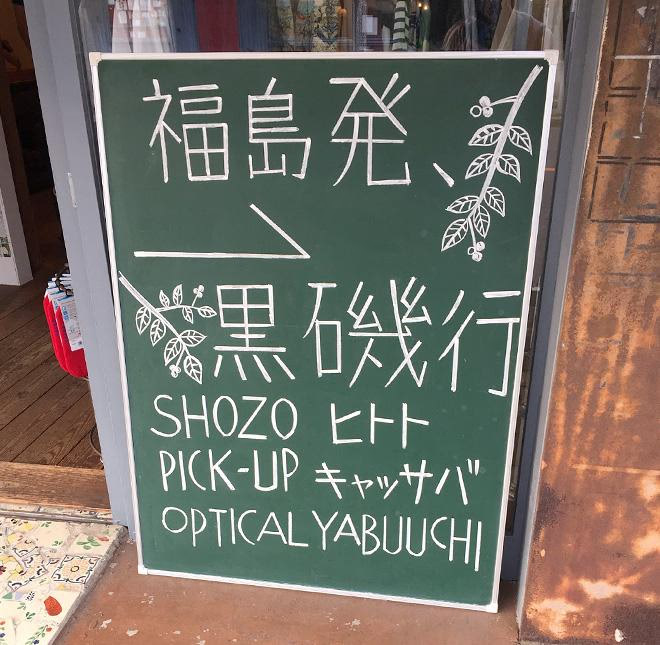
自身も福島の商人である LIFEKU 実行委員の方や、黒磯、各地のスモールビジネスとのつながりで実現した「福島発、黒磯行き」。吉祥寺で愛されたオーガニック食堂「ヒトト」は、今夏、福島へ移転オープン予定です。

当日は黒磯におしゃれなショップが軒を並べ、家族連れからおひとり様まで全国からたくさんの人が集まり賑わっていました。
こういったつながりが、もっと多くの人に広がってほしくて、私ができることは何だろうと今は考えています。この記事を書いている日の明日からは、WoodLuck#4 に参加するため徳島県神山町に行ってきます。地域循環の仕組みづくりに取り組むこの町には、どのような景色が広がっているのか。どのようなつながりが見えてくるのか。今から楽しみです!
